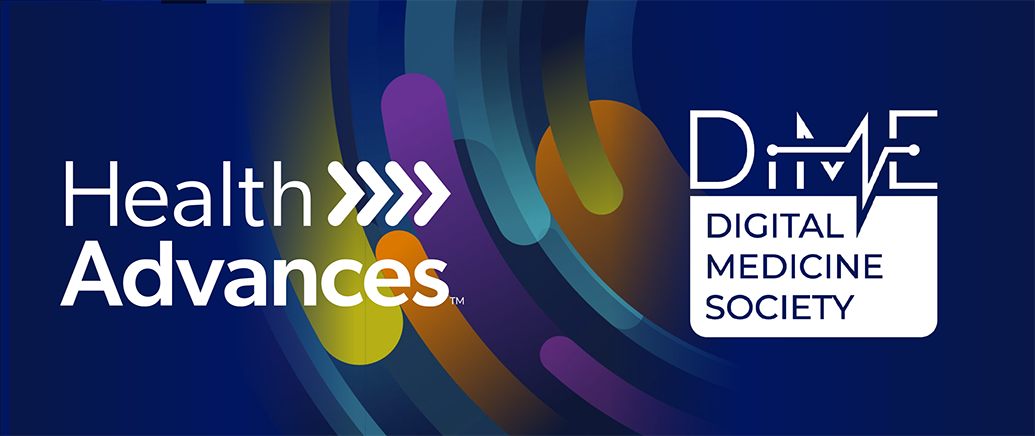
Blog | 4/3/2025
Building the Business Case for Digital Endpoints
By Martha O’Neill, Jeffrey Abraham, and Arushi Agarwal
Health Advances partnered with the Digital Health Measurement Collaborative Community (DATAcc) by the Digital Medicine Society (DiMe), a global non-profit supporting the digital medicine community, as a member of DiMe’s Building the Business Case for Digital Endpoints project.
Situation Assessment
What are digital endpoints?
Measures of safety and/or efficacy/effectiveness of medical products, including therapeutics and medical devices, captured by sensor-based digital health technology (DHT) products in clinical trials. Sensor-based DHTs are defined as connected digital medicine products that process data captured by mobile sensors using algorithms to generate measures of behavioral and/or physiological function.
When/how are digital endpoints currently used in drug development?
The number of interventional, industry sponsored studies incorporating digital endpoints has been increasing in recent years and currently averages ~35 studies per year according to DiMe’s Library of Digital Endpoints. These endpoints can allow for more frequent/continuous, less burdensome, and/or more precise and objective representations of a patient’s experience within a trial.
What are the barriers to broader use of digital endpoints?
Adoption of digital endpoints in clinical trials remains relatively low as these technologies are viewed as newer than traditional measures and industry has fewer proof points of the benefits. Without tangible, relevant examples, gaining support and budget within an organization to utilize digital endpoints can be challenging. In addition, until recently, the economic value of digital endpoints in clinical trials had not been quantified. In 2024 that changed with the publication of “Assessing the Net Financial Benefits of Employing Digital Endpoints in Clinical Trials” from the Tufts Center for the Study of Drug Development, DiMe, and industry collaborators.
DiMe’s Project
The Digital Health Measurement Collaborative Community (DATAcc) by the Digital Medicine Society (DiMe) facilitated a project that brought together pharmaceutical companies, digital health technology companies, and industry participants to develop a framework and resources to support stakeholders in building compelling business cases for continued investment in digital strategies and establish field wide best practices.
Resources
- Value Framework (Figure 1) and Business Case Template (Figure 2): A structured list of the potential benefits that digital endpoints can bring to clinical trials and how this varies by type of study and/or endpoint. And, a template for how to translate these values into a business case that lays out the near term and long term benefits, relevant analogs, costs, and timelines.
- Case Studies (Figure 3): Real world examples from pharmaceutical and digital health technology companies of how incorporating digital endpoints in clinical trials has led to tangible benefits like reduced sample size and shortened trial duration.
- ROI Calculator (Figure 4): A web-based tool that allows DHT and pharma companies to quantify the expected financial benefit of incorporating digital measures as endpoints in clinical development based on a set of inputs entered by the user. The tool calculates the return on investment (ROI) of incorporating digital measures as endpoints in clinical development based on the impact that the inclusion of digital measures has on the expected net present value (eNPV) of a program.
Figure 1
Figure 2
Figure 3
Figure 4
Next Steps for the Industry
The resources developed can be leveraged by companies sponsoring clinical trials, the manufacturers of DHTs generating digital endpoints, the platforms that gather/analyze data generated by DHTs, and other pharma services organizations to fuel adoption of digital endpoints in clinical development.
Key next steps to realize these benefits include:
- Identifying which program(s) within a company can benefit most from digital endpoints
- Determining the appropriate type of digital endpoint to consider for a program
- Generating unique assumptions for the business case that are specific to the program and/or DHT
This project was supported by Martha O’Neill, Vice President, Jeffrey Abraham, Partner, and Arushi Agarwal, Partner. If you’d like to learn more, please reach out to our Digital Endpoints team.

